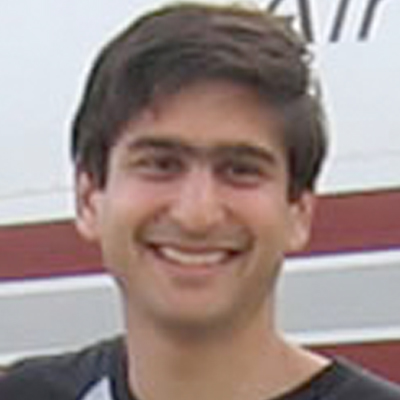Mathematical predictions can lead to positive health outcomes
Evolution is central to human disease. For example, cancer develops due to specific mutations that accumulate within a cell, while viruses such as influenza or HIV are constantly evolving in order to evade our immune system and continue infecting human hosts. Dr. Michael Desai, Associate Professor of Organismic and Evolutionary Biology at Harvard University, aims to understand how fast evolution can act and what it is capable of. By combining basic theoretical work and experimental evolution in budding yeast, he and his team develop mathematical models of evolutionary dynamics and population genetics that can be tested and verified. The goal of Dr. Desai’s research is to lay a basic foundation for understanding the role of evolution in many natural populations, including important viral and microbial pathogens.
Dr. Desai’s lab is one of the only groups working on basic questions in evolution with a combination of theoretical and experimental approaches. This has given them a unique approach to key problems. By making predictions based on mathematical models and testing them using budding yeast as a model system, Dr. Desai is providing a statistical understanding of what evolution can accomplish on a given timescale, with what probabilities. He explains, “while some fields there are technical road blocks that limit progress, in evolutionary biology we are limited only by our understanding of how to interpret the enormous influx of data that has resulted from technical advances in sequencing technology.” The task ahead of Dr. Desai and those in his field is to sift through a vast amount of sequence information from evolving populations, which has become very easy to collect, in order to understand the factors that limit how evolution can act.
Current research includes:
- How do the initial steps a population takes shape the future course of evolution? In other words, how does historical contingency affect evolutionary trajectories? Dr. Desai and his team address this question by measuring how similar or different evolution is across thousands of laboratory yeast populations with varying initial genotypes. By combining these observations with mathematical modeling, they can investigate how predictable evolution is, which has important ramifications for the evolution of microbial and viral populations, including many important pathogens.
- What role do sex and genetic exchange have on evolution? Despite the enormous effort involved in sexual versus asexual evolution, sex is ubiquitous across biology. Dr. Desai and his team are trying to uncover why sex is maintained despite its obvious costs, and to illuminate the consequences sex and genetic exchange have on evolution.
Bio
Dr. Michael Desai has been interested in biology since childhood. For as long as he can remember, he has enjoyed learning about the diversity and history of life on earth. In high school, however, he discovered that he also had a talent for math. As an undergraduate at Princeton, this drew Dr. Desai towards a major in physics, where math and science could be combined, while also conducting research with Dr. Steve Pacala on mathematical modeling in epidemiology. After finishing his B.S., Dr. Desai began a Ph.D. program in physics at Harvard.
After a short time in his Ph.D. program, Dr. Desai was in search of inspiration. While he enjoyed the elegance of physics, he found that he needed to make sense of more applied problems. This eventually brought him back to biology, at a remarkable time when new sequencing technologies were opening up new views of genetic variation in nature. With waves of new data rapidly becoming available, and incredible mentors like Dr. Daniel Fisher and Dr. Andrew Murray, Dr. Desai moved into the area of evolutionary biology and has never looked back.
What keeps Dr. Desai passionate about his research is a curiosity about how simple rules of evolution give rise to the incredible diversity of life on earth. He enjoys the challenge involved in understanding how basic rules fit together to create complex phenomena. Aside from research, in his free time Dr. Desai stays active and enjoys running and skiing, and is planning to share these passions with his daughter as soon as possible.


